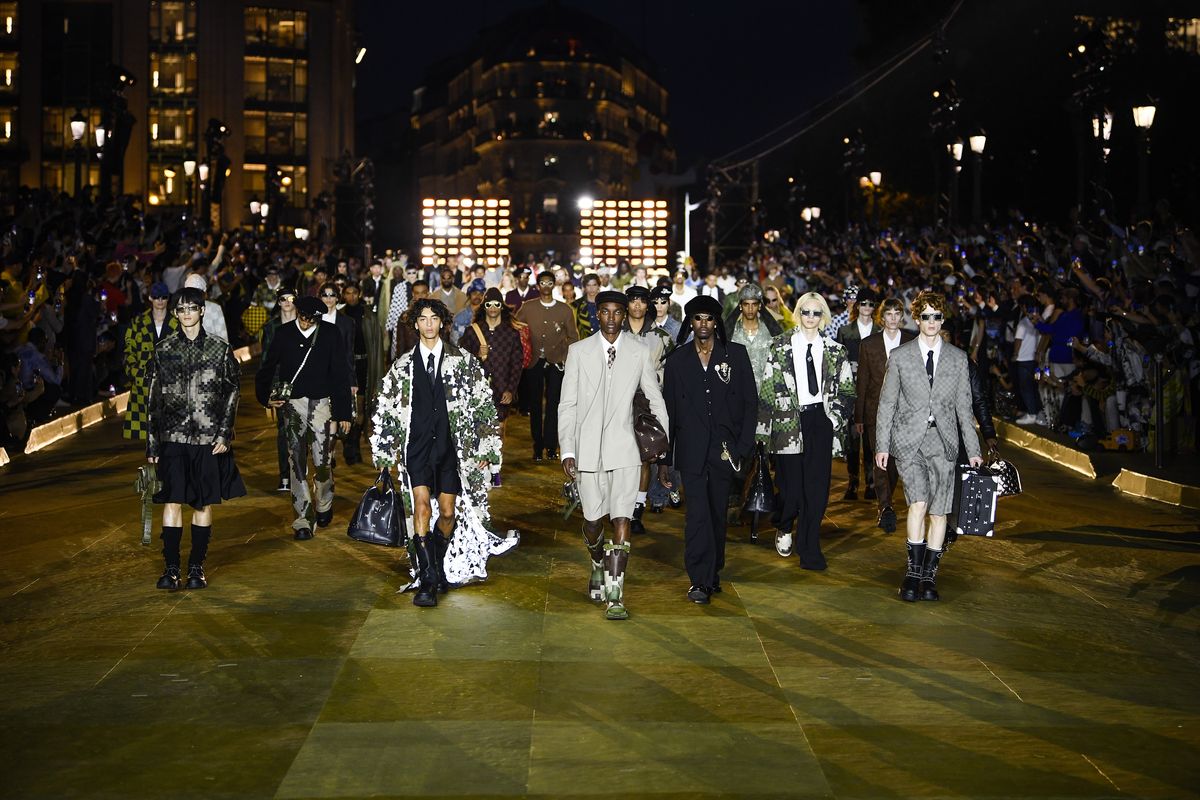
14 February 2024
The ever-evolving world of luxury PR
I think we can all agree that the things we deemed as luxury a decade ago, vary from what we would consider a luxury today. As a result, brands are adapting, as is the way that we are working with and servicing them.
Having worked with luxury brands for most of my career, there are a multitude of observations I have made, and as we look to grow our luxury client roster at Boldspace, it felt fitting to share a few at the start of the year.
In the early 2000s, communication and activation from luxury brands was ‘flashy’ and by comparison to today, face value. There would be influencers and ‘faces’ that attended launches without any relevance to the brand, step & repeats populated with logos that most of the time no one could see, and an expectation for content to be super-polished to give the perception that a product or service was nothing but other-worldly.
There are a few luxury brands that might look back at this time as a ‘glory days’, but it doesn’t take a genius to conclude that changes to the economic environment, the Black Lives Matter movement, climate change, global conflict, and ever-growing need for diversity & inclusion, are all things that have impacted the objectives, spending and desired outcome of luxury brands, in most cases for the better.
Nowadays, the dial has shifted, and it is essential for luxury brands, to align themselves with a message that is authentic and inclusive, whilst maintaining their exclusive positioning. It is more important than ever that partnerships, influencer campaigns, experiences, stakeholder management, and communications align to build a legacy and impact that is both respectful and respected. Unless of course, you want to be put in the ‘cancel culture’ box.
The Covid-19 pandemic shifted the dial of life’s luxuries as we were all robbed of novelties and choices that we take for granted in day-to-day life. Working in PR for a private members club during the pandemic was a challenge but insightful. We had to find ways to bring the bricks and mortar environment and ultra-premium service levels to their own homes, which at times felt insignificant compared to much of the pain that individuals and families were experiencing. It was a success, but there was no denying that some luxury services and brands were better set up to adapt their offering during that time, particularly those that were one step ahead in terms of technological advances and infrastructure.
We can see where (some) luxury brands are becoming humbler and more grounded in their approach, mostly in the sector that is arguably the most influential of all, fashion. The ‘quiet luxury’ trend as an aesthetic and approach, Pharrell Williams stating that “Freedom is a luxury” as he stepped into his new role as Creative Director of Louis Vuitton last year and Phoebe Philo’s debut clothing collection marking a change in luxury; a streetwear-inspired, recycled collection that is only available online.
The digital evolution of PR has changed the state of play for luxury brands and those that would previously only see themselves in the more traditional sphere, have had to revolutionise their approach. Luxury brands have been hesitant to embrace TikTok and ‘unpolished’ content. Although it has taken time for some, leading brands such as Burberry, Gucci and Louis Vuitton, can all now be seen embracing the platform to highlight the launches of new products, and providing behind-the-scenes footage, captivating a new audience, and building brand advocates.
This TikTok audience is also one that holds the keys to one of the world’s most valuable industries – gaming. Collaborations such as Louis Vuitton partnering with Riot Games’ League of Legends for prestige ‘skins’ in the game’s final championships, Marc Jacobs and Valentino outfits turning up in Animal Crossing; and Burberry introducing branded games such as B Surf, show that the digital revolution is happening in a multitude of ways.
Despite the growing importance of digital presence, storytelling through physical experiencestillmatters to establish a deeper connection with consumers and offer the exclusivity that luxury buyers seek. Hermes’ “Hermes in the Making” exhibition highlights the brand’s heritage featuring artisans from France who demonstrate their artisanry to customers – the exhibition garnered global press attention and unprecedented footfall showcasing a narrative that was true to the brand.
As luxury brands continue to strive to balance aspirational but authentic positioning, here are five key takeaways to consider when developing PR strategies:
- Listen- Listen to what is happening in the world around you, what is considered a luxury is always evolving- while this does not need to dictate your strategy, in today’s climate global movements and unrest cannot be ignored.
- Be humble – Luxury brands can be bold and impactful, whilst staying humble and respectful of your roots.
- Build a story – Build a story that is bigger than your product, but true to your brand DNA to create emotional connections with audiences.
- Embrace the digital evolution – TikTok can be a space for your luxury brand with the right strategy and execution – embrace it.
- Incorporate ESG strategies – Ensure your luxury brand has incorporated both sustainability and social responsibility into your PR strategy, whether this be promoting ethical sourcing, efforts to reduce environmental impact, or supporting social causes that are true to the brand.